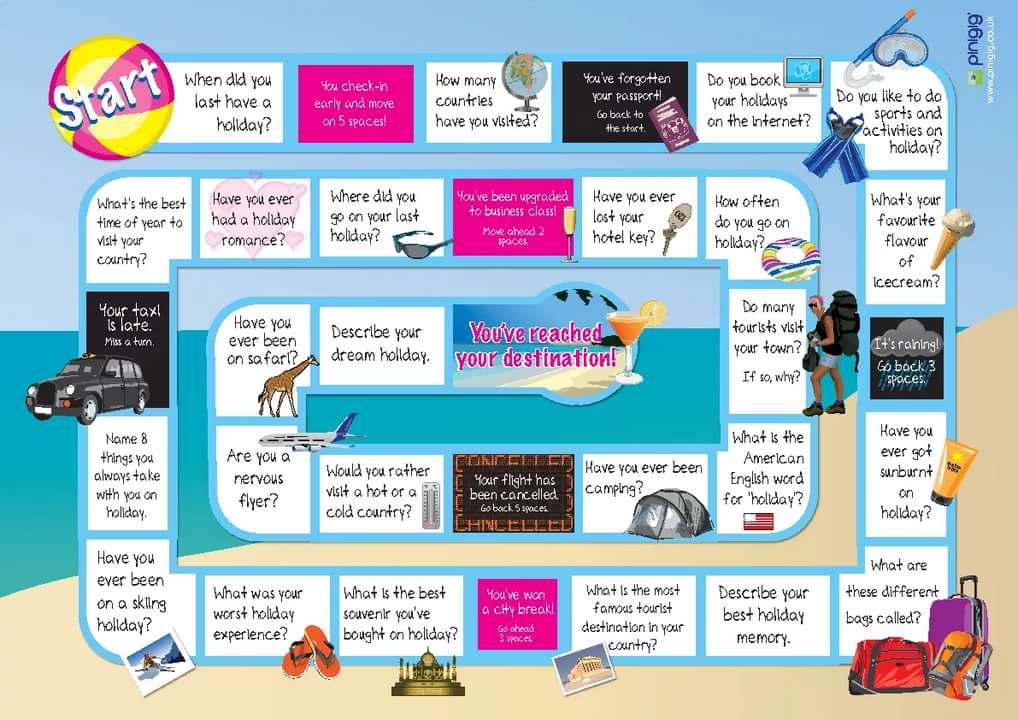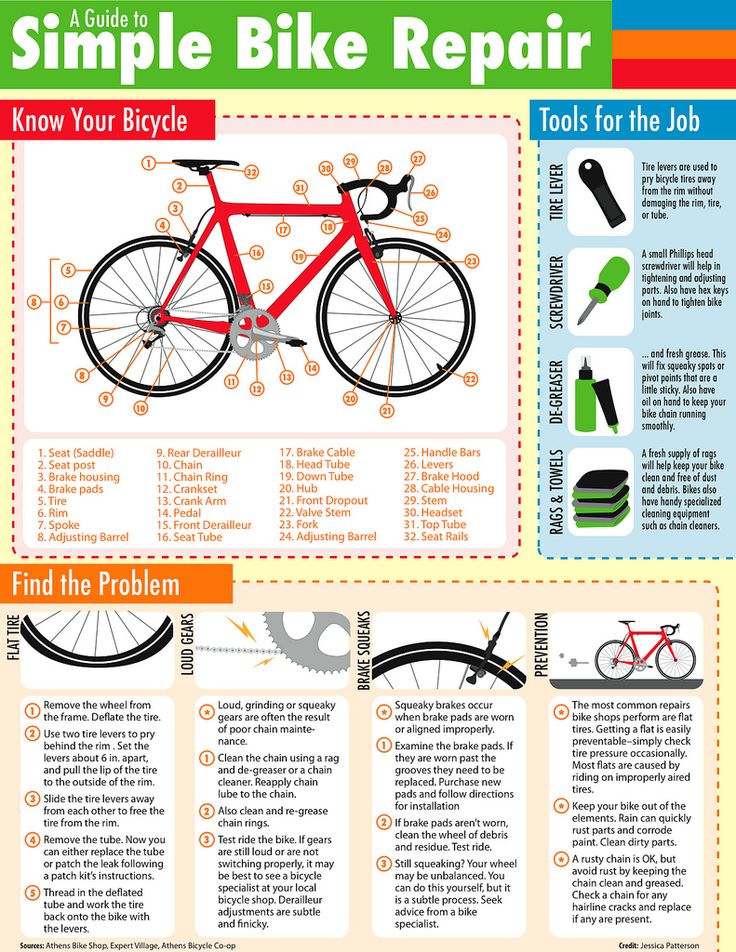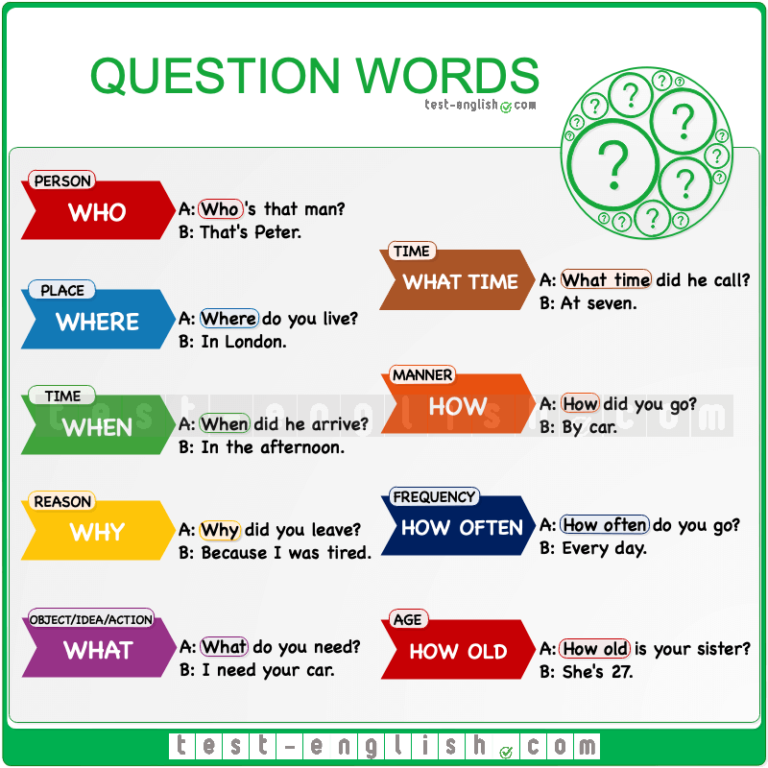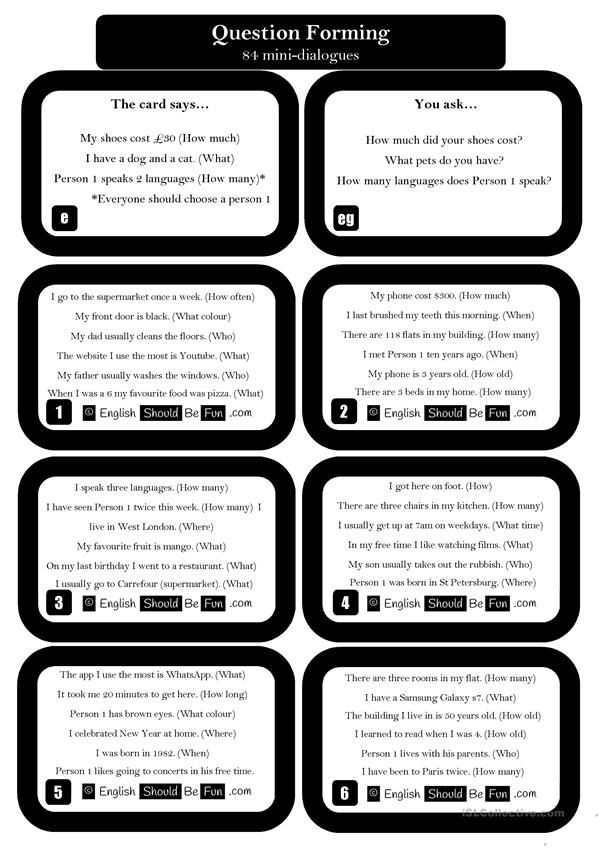At Bankrate, we strive to help you make smarter financial decisions. To help readers understand how insurance affects their finances, we have licensed insurance professionals on staff who have spent a combined 47 years in the auto, home and life insurance industries. While we adhere to strict , this post may contain references to products from our partners. Here's an explanation of . Our content is backed by Coverage.com, LLC, a licensed entity (NPN: 19966249). For more information, please see our .
As a vehicle owner, getting a flat tire is one of the biggest headaches you can face. But while flats are extremely common, getting a flat tire can actually be very dangerous, depending on the situation, like the road you are driving on and your speed. For example, if you blow out a tire in the middle of a busy highway going 75mph, it can affect your car’s handling and increase the risk of a serious accident.
Flat tires are not always unavoidable, but there are ways to reduce the risk of getting a flat while you are driving. In this article, we’ll discuss some key facts and statistics about flat tires, explain what to do in the event of a flat and share some tips for avoiding flat tires in the first place.
Many drivers will experience a flat tire at some point during their lifetime. Even the most durable tires wear down and weaken. Not to mention, roads often contain potholes, sharp nails, debris and other objects that can easily puncture a tire and cause a flat. Here are some statistics about flat tires in the United States:
Auto Car (Torque News)
(Torque News) You might assume that flat tires are only caused by punctures from road debris or sharp objects. But in reality, there are many variables that can cause a flat tire. Here are some of the most common causes of flat tires:
 It’s important to replace your tires once they start to wear out, even if the tires look like they are in good condition on the exterior.
It’s important to replace your tires once they start to wear out, even if the tires look like they are in good condition on the exterior. Valve systems can get damaged when installed incorrectly, or the wrong tape is used.
Valve systems can get damaged when installed incorrectly, or the wrong tape is used.If you aren’t sure what to do after getting a flat tire, you are not alone. Many people are not equipped to change a flat tire on their own. However, you typically have a few options after getting a flat, depending on the supplies you have available. Here’s what to do if you get a flat tire.
You can change a flat tire yourself if you have a spare and are prepared with the necessary tools. Below are some things you should keep in your emergency kit in your vehicle:
 Keep road reflectors or flares in your car in case you need to change a tire on the highway or in another high-traffic area where you might not be easily visible.
Keep road reflectors or flares in your car in case you need to change a tire on the highway or in another high-traffic area where you might not be easily visible. You can find the recommended psi on the side of the spare tire.
You can find the recommended psi on the side of the spare tire.If you don’t have a spare tire in your vehicle and you get a flat, there are some ways to fix a flat until the tire can be replaced. This typically involves plugging the hole where the air is leaking out. Here are a few methods for temporarily fixing your flat tire:
 However, you might have to remove the tire in order to use the plug, depending on where the leak is located. Plugged tires can be driven on for roughly 10 miles, so you still need to get the tire replaced as soon as possible.
However, you might have to remove the tire in order to use the plug, depending on where the leak is located. Plugged tires can be driven on for roughly 10 miles, so you still need to get the tire replaced as soon as possible.Ultimately, many drivers who get flat tires choose to call roadside assistance to help them get back on the road. Roadside assistance can provide basic vehicle repairs and towing, including flat tire changes, battery replacement, fuel delivery, extrication and sometimes locksmith services.
There are a few ways to get roadside assistance. One option is to purchase a plan through an organization like AAA, which has an annual membership fee and offers several tiers of coverage. You can also get roadside assistance through most car insurance companies for a small increase in your monthly premium.
You can also get roadside assistance through most car insurance companies for a small increase in your monthly premium.
If you’re interested in purchasing a roadside assistance plan, it’s a good idea to compare a few options and get quotes to see which one is the cheapest one. You should also pay attention to the benefits you receive with each plan, as every roadside assistance package offers different services, maximum towing mileages and availability.
Car insurance will cover a flat tire, but it depends on the specific situation. For example, if your car gets vandalized and someone slashed the tires, the comprehensive portion of your car insurance policy would pay to replace the tires (minus your deductible). However, car insurance companies would not pay for new tires if you got a flat due to road debris, temperatures or general wear and tear.
If you get a flat tire, whether it’s caused by vandalism or a random act, keep in mind that you don’t necessarily have to replace the tire. Depending on the type of damage and the severity of the leak, you may be able to patch the tire instead, which could help you save a significant amount of money. The cost of a brand new tire can range anywhere from $100 to $300 on average, whereas a patch only costs $15 to $30 on average.
Depending on the type of damage and the severity of the leak, you may be able to patch the tire instead, which could help you save a significant amount of money. The cost of a brand new tire can range anywhere from $100 to $300 on average, whereas a patch only costs $15 to $30 on average.
You might assume that a flat tire is just an inconvenience, but in reality, tire blowouts can cause accidents, including both multi- and single-vehicle crashes. For instance, if you get a flat tire on a busy roadway, you might lose control of the vehicle and swerve into oncoming traffic. Or, you might run into a stationary object, like a telephone pole or fence.
Auto CarFlat tire accidents are more common than you may think—here is some data to be aware of:
 (Consumer Reports)
(Consumer Reports) Flat tires are not entirely preventable, but there are easy ways to lower your risk of getting a flat or blowing a tire while driving. Here are a few tips:
 In general, it’s a good idea to check your tire pressure every few weeks, and always before going on a long road trip.
In general, it’s a good idea to check your tire pressure every few weeks, and always before going on a long road trip.
Whether you’re experiencing far more flat tires than usual or are simply determining whether you need a repair kit or not, knowing the statistics behind flat tires is essential for making these decisions.
Everyone will likely experience flat tires regularly. However, how many flat tires are normal? When does the frequency of flat tires indicate an underlying problem? Here’s what I was able to figure out!
On average, motorists will get 5 flat tires in their lifetime. In some situations, car owners might be unlucky and get 2 – 3 flat tires in a single year, which is just a coincidence. However, if you keep getting flat tires, it could be caused by bad roads, excessive driving, low tire pressure, or poor wheel alignment.
To learn more about why your tires might be going flat, how to detect it, and more, keep on reading!
There are several reasons you may experience a flat tire – but your tire randomly going flat is not one of them.
In most cases, puncture holes are pretty easy to identify. However, poor seals, improperly fighting tire valves, and a malfunctioning repair can cause flat tires.
As you might expect, some of these causes are difficult to determine. For instance, you may have gotten your tire repaired miles ago, only for it to malfunction now. In these cases, it may seem like your tire is randomly going flat.
However, there is absolutely some reason for your tire going flat – even if you don’t know what that reason is.
In some cases, your tires may go flat a bit more often than you’d expect. Understandably, these situations can seem a bit suspicious.
Statistically, the average person gets about five flat tires in their lifetime. If you’re getting more than one a year, there may be an underlying reason for your flat tires – and not just bad luck!
Firstly, tire age can be a contributing factor. The NHTSA recommends changing your tires every six to ten years regardless of wear.
To determine tire age, check the TIN – the last four digits indicate the week and year the tire was made.
Secondly, dry rot can severely damage your tire’s sidewall. Unlike what the name suggests, this type of rot isn’t caused by bacteria or fungus.
Instead, several conditions can cause dry rot, including:
Thirdly, improper tire pressure can lead to flat tires. In some cases, you may not even know that your tire pressure is low. In some cases, your Tire Pressure Monitoring System may malfunction, leading to more flat tires.
At the same time, a malfunctioning TPMS system can make you believe that your tire is low on pressure when it isn’t.
Fourthly, a leaky tire bead can cause flat tires in some cases. In other words, the rubber edge where your tire fits the wheel can leak. Usually, this area is airtight – but it can malfunction.
Usually, this area is airtight – but it can malfunction.
Usually, these leaks are the result of improperly installed tires. For this reason, we highly recommend seeking professional help when putting your tires on.
Finally, a faulty valve stem can also cause flat tires. Specifically speaking, the valve of a wheel regulates tire pressure.
In some cases, these valves can malfunction. Even if the tire is OK, the valve can become damaged by moisture, road salts, and UV rays.
In other words, they get old too!
When damaged, these valves can lead to low tire pressure, leading to flat tires.
There are 220 million flat tires in the United States every year. In other words, that is about seven tire punctures each second.
That puts you at a decent risk of getting a flat tire yourself this year. Therefore, we highly recommend knowing how to change a flat tire and having the correct equipment nearby (which about 60% of people don’t know how to do).
Of course, having a spare and the correct tools needed to change a flat tire is also essential.
Sadly, there is not a certain number of flat tires you should be getting. However, if you’re getting more than one a year, it may be time to look at some chronic problems that lead to flat tires.
The average person should get about five flat tires in their lifetime – though this does depend on many factors.
If you drive your car a lot, you’ll likely get more. If you only drive it occasionally, you’ll get less!
To know more about tires, you can also see our posts on how long do run-flat tires last, underinflated tires, and how do nails get in tires.
In the average second, seven tire punctures result in flat tires in the United States. After adding them all up, this is about 220 million flat tires in the United States alone.
Additionally, each person will experience about five flat tires in their lifetime. Of course, there are a lot of variables that go into these statistics. For instance, the more you drive your car, the more likely you will experience a flat tire.
Of course, there are a lot of variables that go into these statistics. For instance, the more you drive your car, the more likely you will experience a flat tire.
Photo https://www.roadandtrack.com
and the specialist in tire fitting did not find visible punctures, cuts or other damage to the rubber. What could be the reason for the depressurization of the wheel in this case, and how to determine it, the AvtoVzglyad portal figured out. nine0009
Ivan Flyagin
The vast majority of modern cars are equipped with tubeless tires, which allow maintaining pressure in the wheel for some time with a slight puncture. That is why, unlike tires with a chamber, which, if damaged, can instantly go down or even burst at high speed, such rubber is considered the safest.
Most often, tires deflate due to a puncture or side cut, but sometimes the driver does not find visual damage on them, and in order to determine the cause of depressurization, he turns to the tire shop. Even if it happens on a trip, far from home in an unfamiliar area, it is still better to replace a flat tire and not hesitate to diagnose and repair it. The use of various tire sealants in this case will give a temporary effect. But, first of all, it is necessary to establish the cause of tire depressurization. nine0009
Even if it happens on a trip, far from home in an unfamiliar area, it is still better to replace a flat tire and not hesitate to diagnose and repair it. The use of various tire sealants in this case will give a temporary effect. But, first of all, it is necessary to establish the cause of tire depressurization. nine0009
What does the specialist do in this case? To begin with, he usually pumps the wheel 1-1.5 atmospheres and tries to catch by ear where the air comes out. If there is no result, then most likely, he will moisten the surface of the tire with plenty of soapy water and determine the location of the damage by the emerging air bubbles.
But even this sometimes does not help, and then the wheelmaker will dip the entire wheel into a tank of water. Alas, even in this case, there may be no bubbles, since it happens that the removed wheel holds air, and if you install it on the car, it lets it through. This is mainly due to an object stuck in it - a self-tapping screw, a nail, a piece of wire. One effective way to solve the problem in such a situation is to disassemble the wheel and run a rag over the inside of the tire. If the rubber caught some sharp object, then it will definitely stick out from the inside, and the rag will catch on to it anyway. nine0009
One effective way to solve the problem in such a situation is to disassemble the wheel and run a rag over the inside of the tire. If the rubber caught some sharp object, then it will definitely stick out from the inside, and the rag will catch on to it anyway. nine0009
If the mechanic has not been able to find the damage to the rubber, then the wheel can be flat only in two cases - due to a disc failure, or due to depressurization of the spool (nipple). In the first case, the tire does not fit tightly enough to the damaged disc due to its deformation. To do this, it is enough to fly at high speed into a deep hole or a steep bump. If it is still maintainable, then the situation will be corrected by rolling it on special equipment, which will restore its geometry. nine0009
The price of the issue depends on the diameter of the disc and its type - cast or stamped. In Moscow, this is a maximum of 2,500. Sometimes the rubber moves away from the disk due to its corrosion in the places where the tire fits - in this case it is better to replace it. If it's a penny spool, then we are talking about a less expensive problem, which is solved by replacing this inexpensive part.
If it's a penny spool, then we are talking about a less expensive problem, which is solved by replacing this inexpensive part.
132791
How did the domestic market manage to achieve such success
2992
How the domestic market managed to achieve such successes
,2992
Subscribe to the Autovzglyans channel:
Buildings, Road safety, Road safety, safety of roads, road safety, safety of road wheels, technology, repair, spare parts, components, accessories, tyres, disks, tyres, maintenance, tire fitting
Photo www.tgamobility.co.uk
It is not uncommon for tire pressure to drop gradually over several days. You inflate them to the required level, but the tires again pass air over time. In this case, you should contact the tire shop, where they will determine the cause of the pressure loss. There may be several. We will look at the problems with tubeless tires, since most modern cars are equipped with them. nine0009
You inflate them to the required level, but the tires again pass air over time. In this case, you should contact the tire shop, where they will determine the cause of the pressure loss. There may be several. We will look at the problems with tubeless tires, since most modern cars are equipped with them. nine0009
Ivan Flyagin
Disk damage usually leads to its deformation. This comes from hitting the wheel at high speed on the edge of the pit or on a steep and hard bump. Due to the loose fit of the tire to the rim, a partial air leak occurs. Keep in mind that damage may be hidden on the inside of the rim, while the outside of the wheel will look brand new, without any visual flaws.
Another possible cause of a gradual loss of tire pressure is the depressurization of the valve (or nipple) as a result of mechanical impact, or the ingress of tiny dust particles into it. If the mechanism is in good condition, then air can leak in the place where its valve is attached to the disk. Sometimes you can fix the problem by pumping the spool with a few sharp and short presses. nine0009
Sometimes you can fix the problem by pumping the spool with a few sharp and short presses. nine0009
Quite often the tire “catches” a nail or other sharp and large object on the road, which safely gets stuck in the place of the puncture. In this case, it serves as a stopper, only not completely sealed, so the air will slowly but surely bleed. If a nail hits a tire with a camera, it instantly bursts, and at high speed this is fraught with an emergency.
A tire can be damaged not only on the tread side, where the thickest and most durable rubber layer is located. Its side is also vulnerable to contact with sharp objects. Usually in this place there are cuts from friction on curbs, the edge of the track, protruding rebar and other hard and sharp protrusions. How quickly the rubber will lose air depends on the depth of the scratch. Usually damage to the sidewall causes irreparable damage to the tire, and it has to be replaced. nine0009
No matter how advanced the rubber compound is used in the manufacture of a modern tire, in any case, its structure will respond to varying degrees of temperature changes.